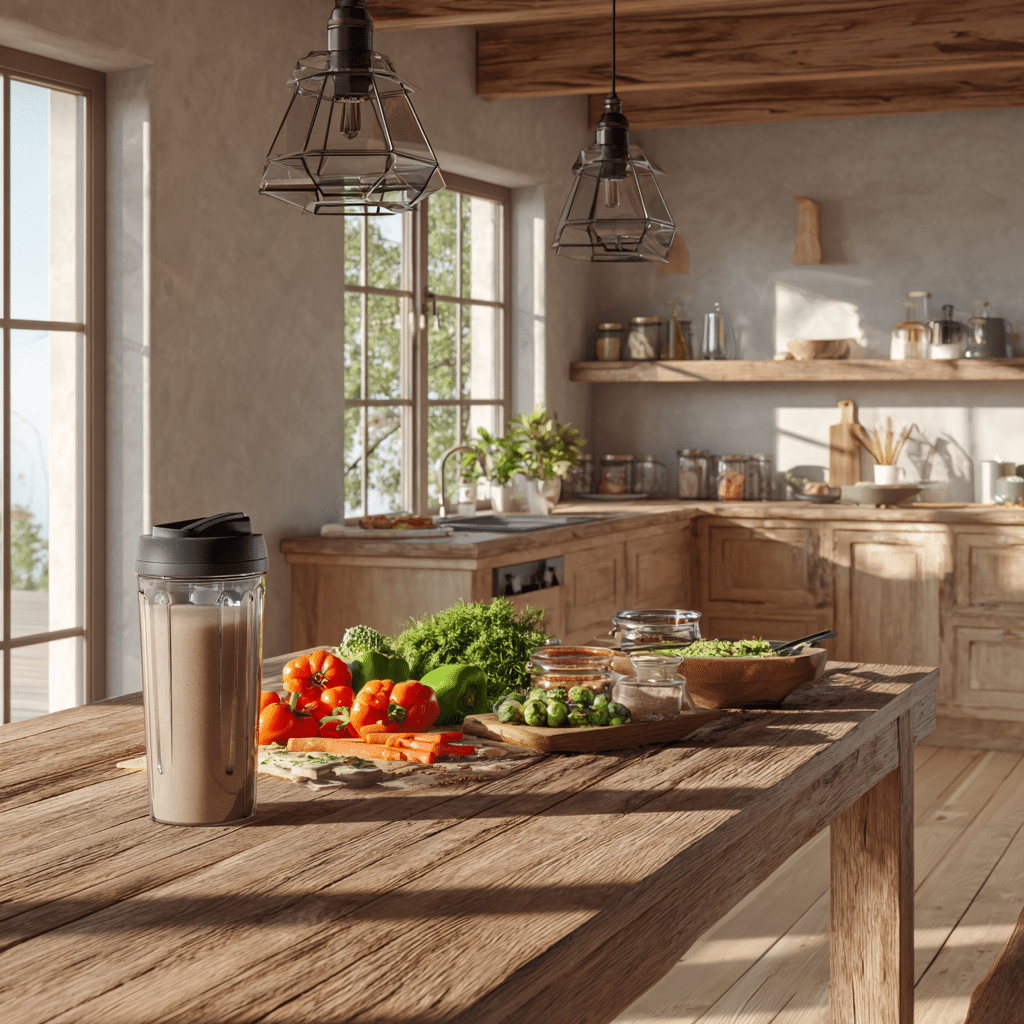Meal replacement programs for weight loss can feel like a far cry from handmade pasta and warm loaves of pane Toscano — but they’ve become a trusted tool in my gluten-free kitchen. I’m Matteo Romano, the Tuscan-born chef behind GoldenGlutenFree.com, where I share Italian-inspired recipes reimagined for vibrant, wheat-free living. Years ago, constant fatigue pushed me to discover my gluten intolerance, turning my traditional culinary training on its head. Today, I balance my roots with modern health — and meal replacement programs for weight loss are one way I help busy people, and myself, stay nourished without compromise.
Table of Contents
1: Why I Trust Meal Replacement Programs for Weight Loss
Meal replacement programs for weight loss might sound like the opposite of what you’d expect from a Tuscan-born chef who grew up kneading bread and shaping ravioli by hand. But here at GoldenGlutenFree.com, my journey has always been about balancing my Italian roots with feeling strong and healthy — without gluten weighing me down.
Years ago, I felt tired all the time, even though I lived on the beautiful flavors I was trained to cook. When I discovered I was gluten-intolerant, it forced me to rethink how I fed myself and my family. I didn’t want to lose the rich, joyful food memories I loved, but I also needed practical solutions for busy days — days when rolling out fresh pasta just wasn’t realistic.
That’s where meal replacement programs for weight loss earn their spot in my kitchen. They’re not here to replace my beloved slow-cooked ragù or my 7-Day Meal Plan for Weight Loss and Muscle Gain — they’re a backup plan when life gets full. A good shake or balanced bar keeps my energy stable between recipe tests and long photo shoots for the site.
Quality meal replacements focus on real ingredients, protein, fiber, and portion control. They help you avoid impulsive snacking and late-night fridge raids — temptations I know all too well. For me, they’re part of a bigger picture that still includes fresh veggies, seasonal produce, and the occasional homemade pizza slice — made gluten-free, of course.
If you’re curious how these fit with other mindful habits, you might enjoy my Ozempic Diet Plan — another modern approach I explored alongside traditional flavors. Because at the end of the day, a healthy body deserves the same love as a hearty Tuscan table.
2: How to Choose the Best Meal Replacement Program for Weight Loss
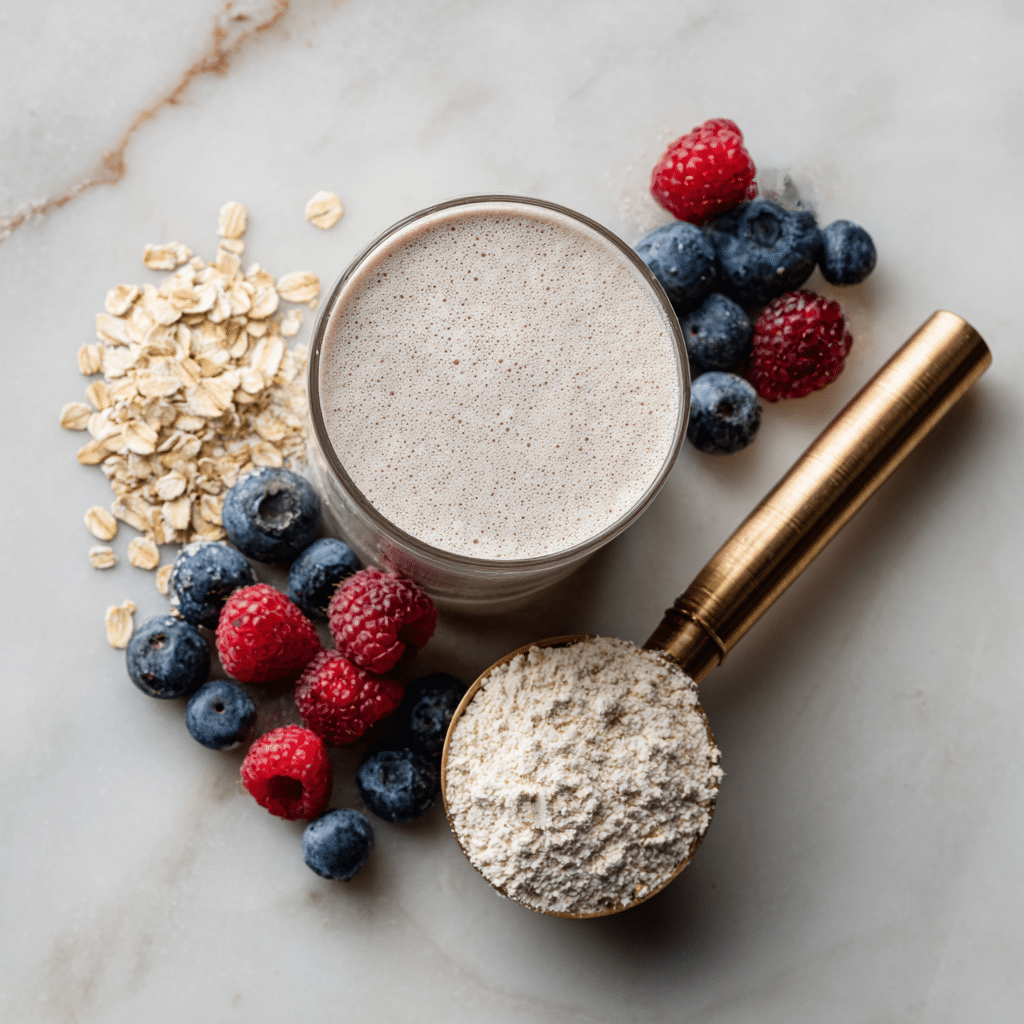
What Makes a Good Meal Replacement Program?
When you’re picking meal replacement programs for weight loss, don’t get fooled by fancy labels and empty promises. The best ones focus on real ingredients, balanced macros, and enough protein to keep you satisfied. Look for shakes or bars with at least 15–20 grams of protein, a good dose of fiber, and low added sugar. If you’re trying to keep cravings in check, this combo works like a charm.
I always tell my readers to read ingredient lists like you’d read a recipe. If you can’t pronounce half of it, think twice. Clean fuel matters. A good meal replacement won’t make you feel like you’re surviving on air — it should taste good and help you stay energized through your day. And please, don’t rely on these for every meal. Use them as support when you can’t prep your usual salad, eggs, or gluten-free wrap.
If you want to see how I build healthy habits around quick meals, check my Gluten-Free Meal Plan for Weight Loss. It’s packed with practical swaps you can mix with meal replacements for real results.
Matching Meal Replacements With Real Food
The magic happens when you pair meal replacement programs for weight loss with nourishing, whole-food meals. I often have a balanced shake for breakfast, then a lunch of greens, lean protein, and some fresh fruit. Or I use a bar to curb late-afternoon hunger, so I don’t overdo dinner.
Want a quick breakfast idea that pairs perfectly with a shake? Try my Cottage Cheese High Protein Pancakes. They’re fluffy, gluten-free, and keep you full longer than a plain bowl of cereal. That’s the sweet spot — convenience plus real nutrition, just like my Tuscan nonna would want for me today.
3: Common Mistakes to Avoid With Meal Replacement Programs for Weight Loss
Don’t Use Them as a Crash Diet
One big mistake I see with meal replacement programs for weight loss is treating them like a magic fix for crash dieting. Sure, swapping meals can help you cut calories, but if you’re skipping real food for days on end, you’re setting yourself up for cravings, burnout, and binging.
These programs work best as a bridge — not a total diet replacement forever. I always mix them with whole foods, veggies, and protein-packed options. For example, if you’re craving something sweet, try my Low Sugar Cookies Recipe. You’ll get a treat without blowing up your plan.
A balanced approach keeps you satisfied and fuels your day. If you rely too much on packaged shakes and bars, you’ll miss out on fiber, fresh vitamins, and the simple joy of cooking — something I still love, even when life gets hectic.
Watch Out for Sugar Bombs
Another pitfall? Not checking labels. Some meal replacement programs for weight loss are basically dessert in disguise. They’re loaded with hidden sugars or cheap fillers that leave you hungry an hour later. Always compare brands, read the nutrition facts, and go for options with clean protein sources and minimal added sweeteners.
When I need a quick breakfast boost that won’t spike my blood sugar, I reach for real food recipes too. My Cottage Cheese Banana Oat Protein Pancake Bites are one of my favorites — light, gluten-free, and satisfying. Pair that with a smart shake, and you’re staying full the right way.
Little changes like these help you stick with healthy habits for the long run — just like my Tuscan grandmother would remind me: real food always comes first, convenience comes second.
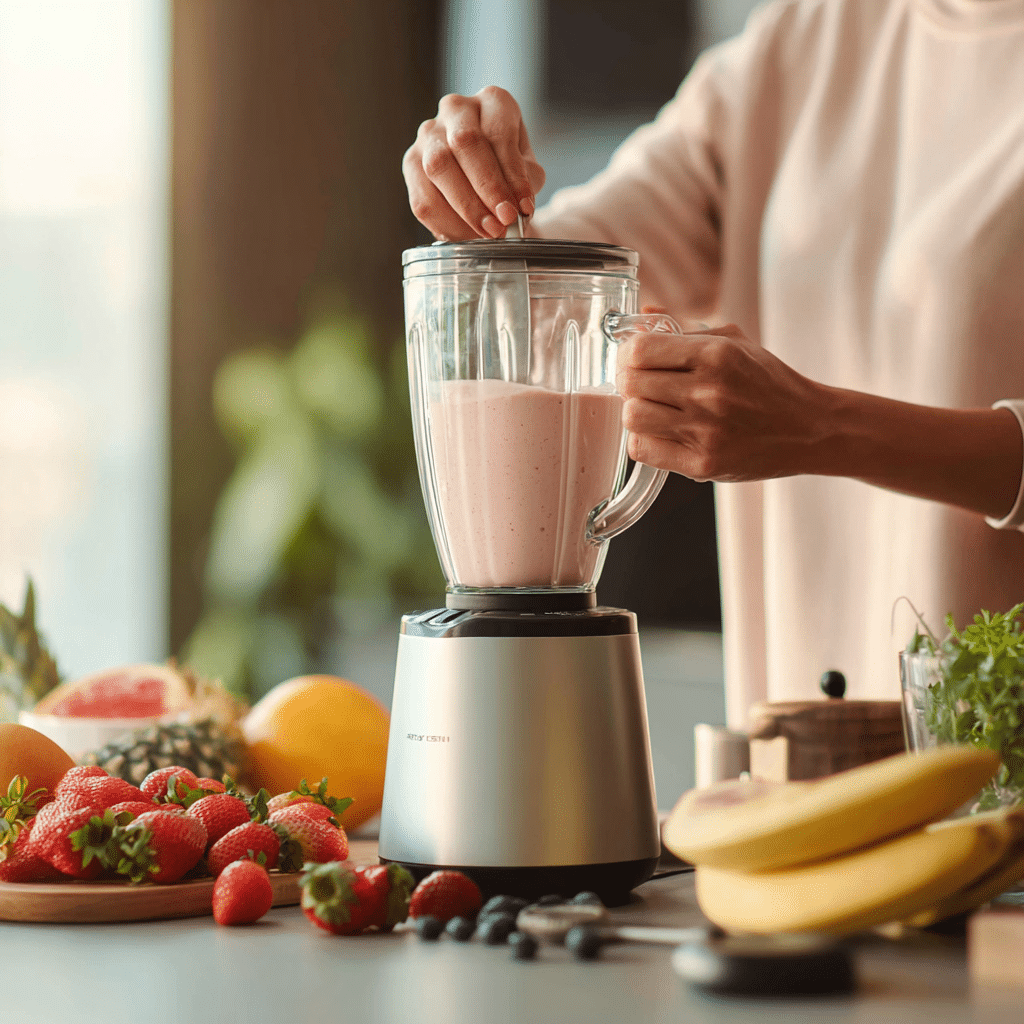
4: Making Meal Replacement Programs for Weight Loss Work for You
Blend Convenience With Real Meals
The real secret behind meal replacement programs for weight loss is balance. They aren’t a forever fix — they’re a tool. I tell my clients and readers to think of them like a trusted shortcut when you truly don’t have time to cook. But when you can, pair them with whole, satisfying meals to keep your body and mind happy.
One of my favorite tricks is to add a simple homemade snack or healthy treat to round out the day. My Blended Baked Oats Recipe is a perfect example. It’s warm, filling, naturally gluten-free, and takes minutes to prep. Have it with a balanced shake for breakfast or a quick post-workout meal — that’s a meal replacement done right.
Keep It Fun and Flavorful
Healthy eating should never feel boring. I’ve seen so many people abandon meal replacement programs for weight loss because they get tired of the same bland shakes every day. Mix it up — try new flavors, swap brands if needed, and add fresh extras like cinnamon or nut butter if it fits your plan.
When I want something more than a bar or shake, I’ll whip up a fresh batch of my Oatzempic Craze Weight Loss Drink. It’s trendy, tasty, and gives you a fiber boost that pairs perfectly with a balanced meal plan. Small swaps like these make healthy living easier — and way more enjoyable — for you and your family.
for mor recipes follow me in facebook and pinterest
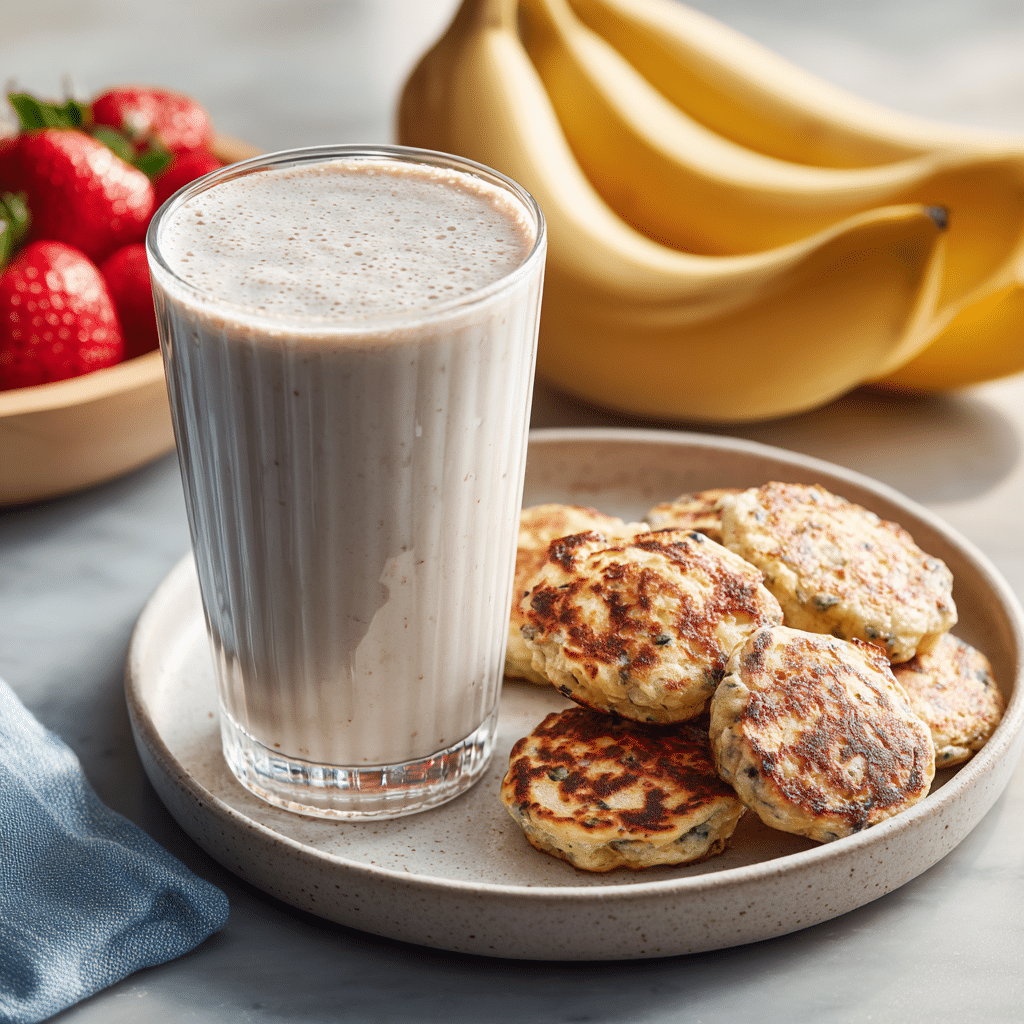
5: Conclusion
Meal replacement programs for weight loss aren’t about skipping life’s delicious moments — they’re about making smart swaps when time or cravings get in the way. From my Tuscan kitchen to my gluten-free table, I believe food should nourish your body and your spirit. Use these programs as a tool, not a crutch, and you’ll stay on track without giving up flavor or joy. Buon appetito!
Can meal replacement programs really help me lose weight?
Yes — when used wisely alongside whole foods and active living, they can help control calories and support steady weight loss.
How many meals should I replace each day?
Start with one. Most experts suggest one shake or bar to replace one meal, then eat balanced whole-food meals for the rest.
Are meal replacement shakes safe long-term?
Quality shakes are safe as a supplement to real meals. Avoid relying on them for every meal — balance is key.
Should I combine meal replacements with exercise?
Absolutely. Pairing them with movement and a balanced plan, like my gluten-free meal ideas, keeps your body fueled and your energy high.
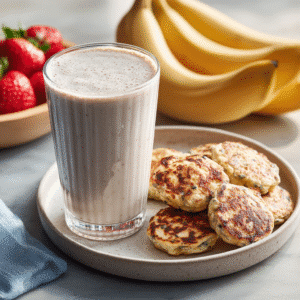
Meal Replacement Programs for Weight Loss
Ingredients
- High-quality meal replacement shakes 15–20g protein each
- Meal replacement bars with fiber and low added sugar
- Fresh veggies for pairing
- Lean protein options
- Healthy snacks like low sugar cookies or cottage cheese pancakes
- Spices or flavor add-ins cinnamon, nut butter
Instructions
- Choose a meal replacement shake or bar with clean ingredients, at least 15–20g protein, and low sugar.
- Read ingredient labels carefully — avoid hard-to-pronounce fillers.
- Pair your shake or bar with real food like salads, eggs, or gluten-free wraps.
- Use meal replacements as a backup for busy days, not as a total diet.
- Combine with whole-food meals to balance your day.
- Switch up flavors and add natural extras to keep it fun and flavorful.
- Stay active — combine meal replacements with exercise for best results.

